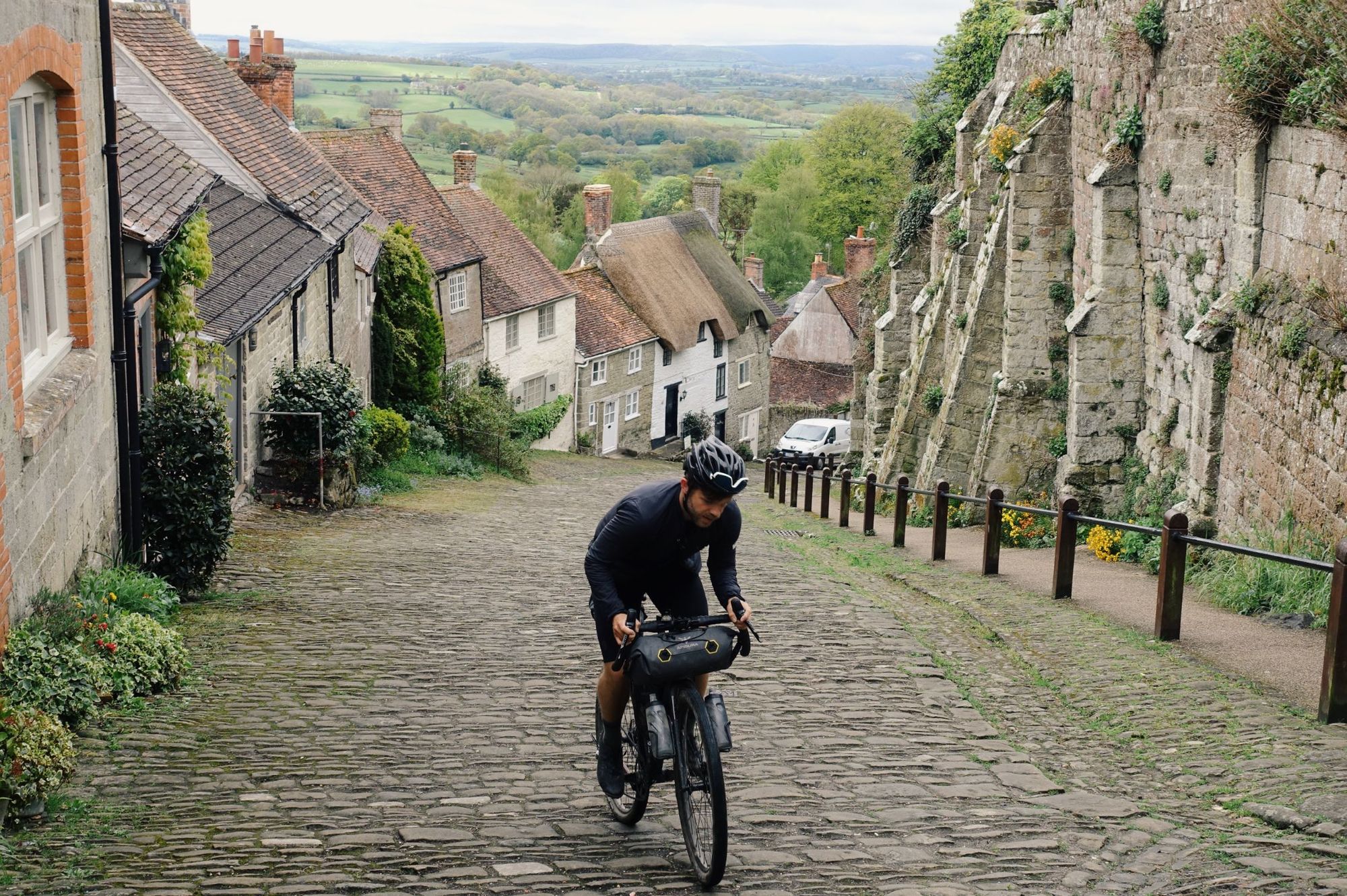
The Old Chalk Way is a new 357-mile (575km) bikepacking trail which follows the route of Britain’s Oldest Highway. The latest cycling epic to travel coast to coast across Britain, the trail runs from the English Channel at Lyme Regis in Dorset to the North Sea over at Holme-next-the-Sea in Norfolk, following a chalk escarpment through the country.
You get a real feel for this chalk line that runs across the country, and for the continuity of the history on the trail...
“The chalk line is this geological vein that goes from Dorset to North Norfolk,” says Ben Wormald, one of the creators of the trail. “It’s an ancient trade route. The geology of it meant that it was easier to navigate than other roads in the winter, back in neolithic times. And today, it also lends itself very well to slightly better hard-pack gravel cycling in the summer.”
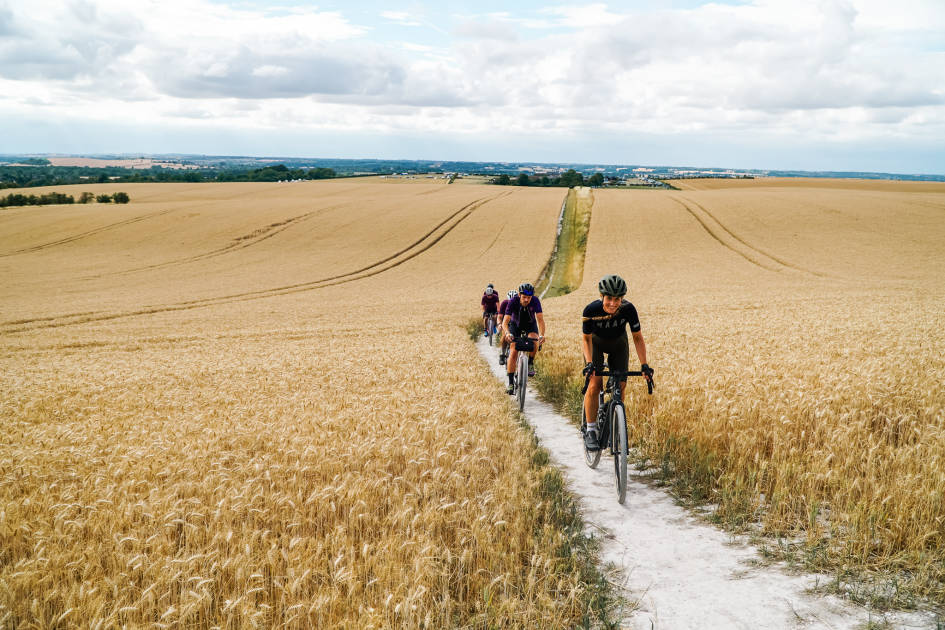
The route looks to tie together that ancient history with the scenic landscapes of southern England. “To the left, there’s quite often this wide, expansive view where the land drops away, ” says Ben. “There are a lot of neolithic forts, and then you’ve got Stonehenge and Avebury Stones along the trail, and ruined abbeys like Thetford and Castle Acre. You get a real feel for this chalk line that runs across the country, and for the continuity of that history on the trail.”
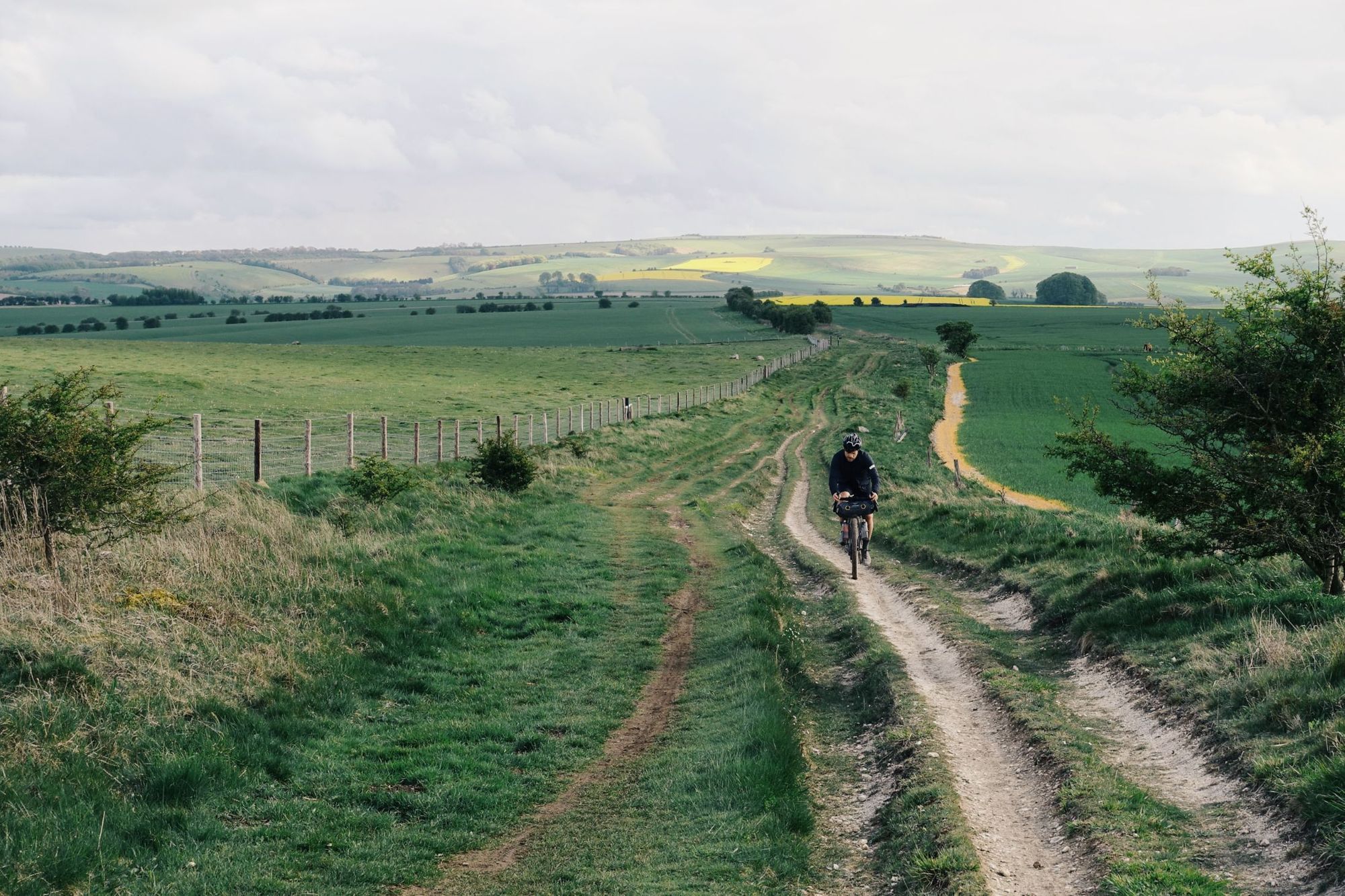
The Old Chalk Way roughly follows the path of the Greater Ridgeway, which is considered to be the oldest road in Britain. The Anglo-Saxons mentioned the road as early as the 10th century, and historians believe it’s been used by traders travelling from the Dorset coast to the Wash in East Anglia for over 5,000 years. The Ridgeway is actually now a National Trail, but it isn’t particularly well-suited to cyclists - at least, not without suspension and a decent mudguard.
“Our route is more like an upcycling of the old route, really,” says Ben. “About 60% of the trail is actually different, but we were following a chalk vein, so we could never go too far from that. It was just about tweaking it to help it flow. And it’s got a completely different ethos to the riding. It’s a lot more flowy, and a lot more gravel-bike orientated, rather than requiring mountain bikes.
“The old route, along the edge of fields, can get really muddy. It was made 20-30 years ago, so a lot of the farm tracks have changed, too. I live in Hertfordshire, near the muddy part of the trail, but if I go a few kilometres north of my house I’m on the chalk and it’s amazing riding.”
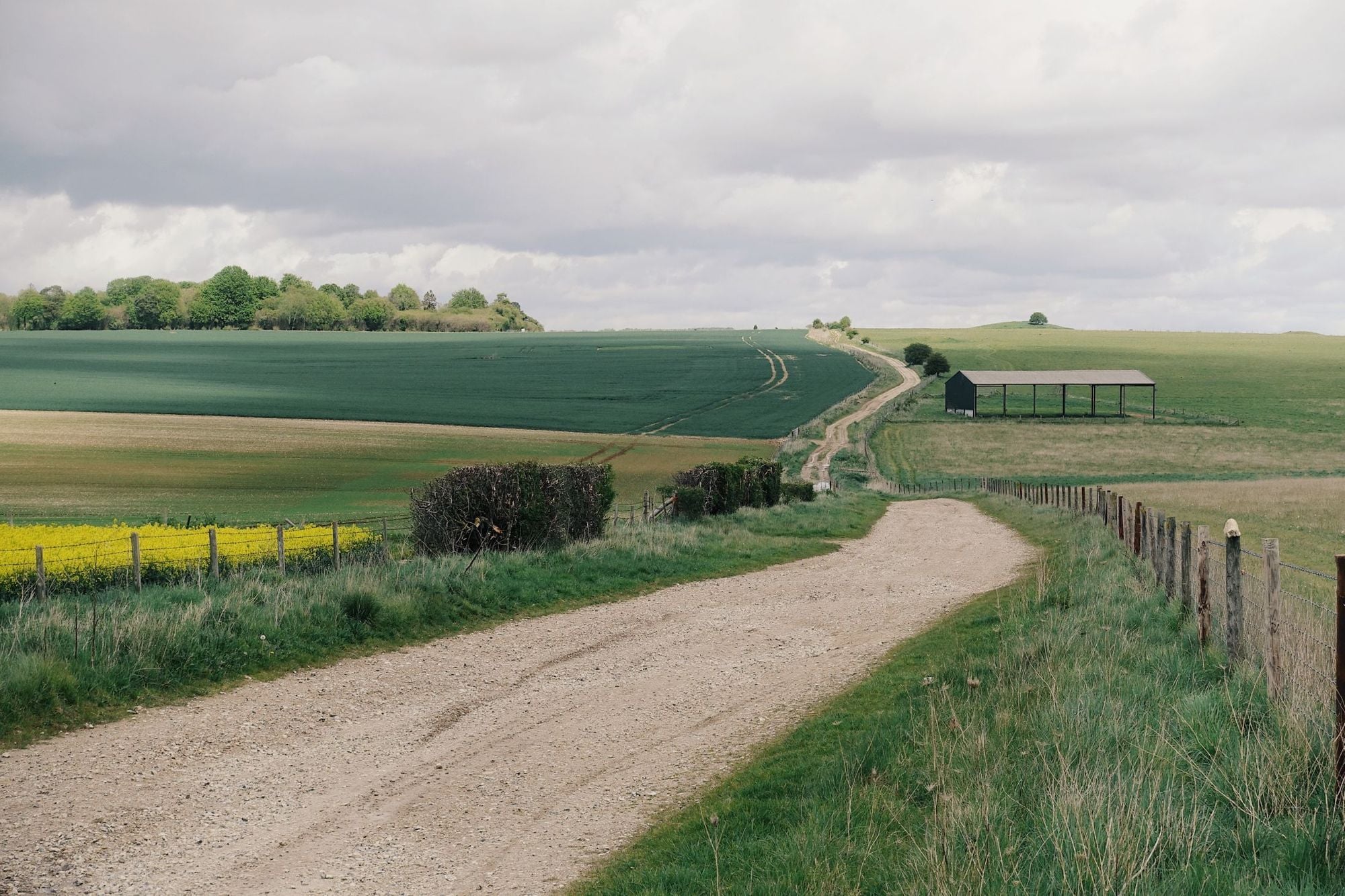
Ben and Chris looked to other existing long-distance cycle routes in the UK, like The Second City Divide and The Badger Divide, for inspiration. “What I love about those trails is that you always have forward momentum,” says Chris. “There are no sections where you’re wondering ‘why am I here?’, and you make good mileage each day, which just feels very satisfying.”
Chalk trails can get slippery when wet, so summer (or at least, a period of dry weather) is recommended for riding the trail. It’s also well worth remembering to keep your eyes on the skies - and not just for rain clouds.
You’re going to see loads of red kites. They follow the chalk escarpment, so you see them along the whole route...
“You’re going to see loads of red kites,” says Ben. “They’re a species that were nearly extinct, but there were still lots of them in Wales, and so they were reintroduced back into Oxfordshire a while ago. Now they’re everywhere. I’m not sure why but they seem to have followed the chalk escarpment, so you see them along the whole route.”
Despite living locally and cycling in the area regularly, Ben discovered plenty of new routes on recce rides while setting the trail. “I found a lot of stuff near Thetford and there’s a lot of riding near Dorset which is incredible. The MOD (Ministry of Defence), as well. You can ride most of it when the red flags are down, on certain days. The roads are as wide as a motorway, and they’re beautiful gravel roads with nothing on them - other than maybe a few tanks here and there!”
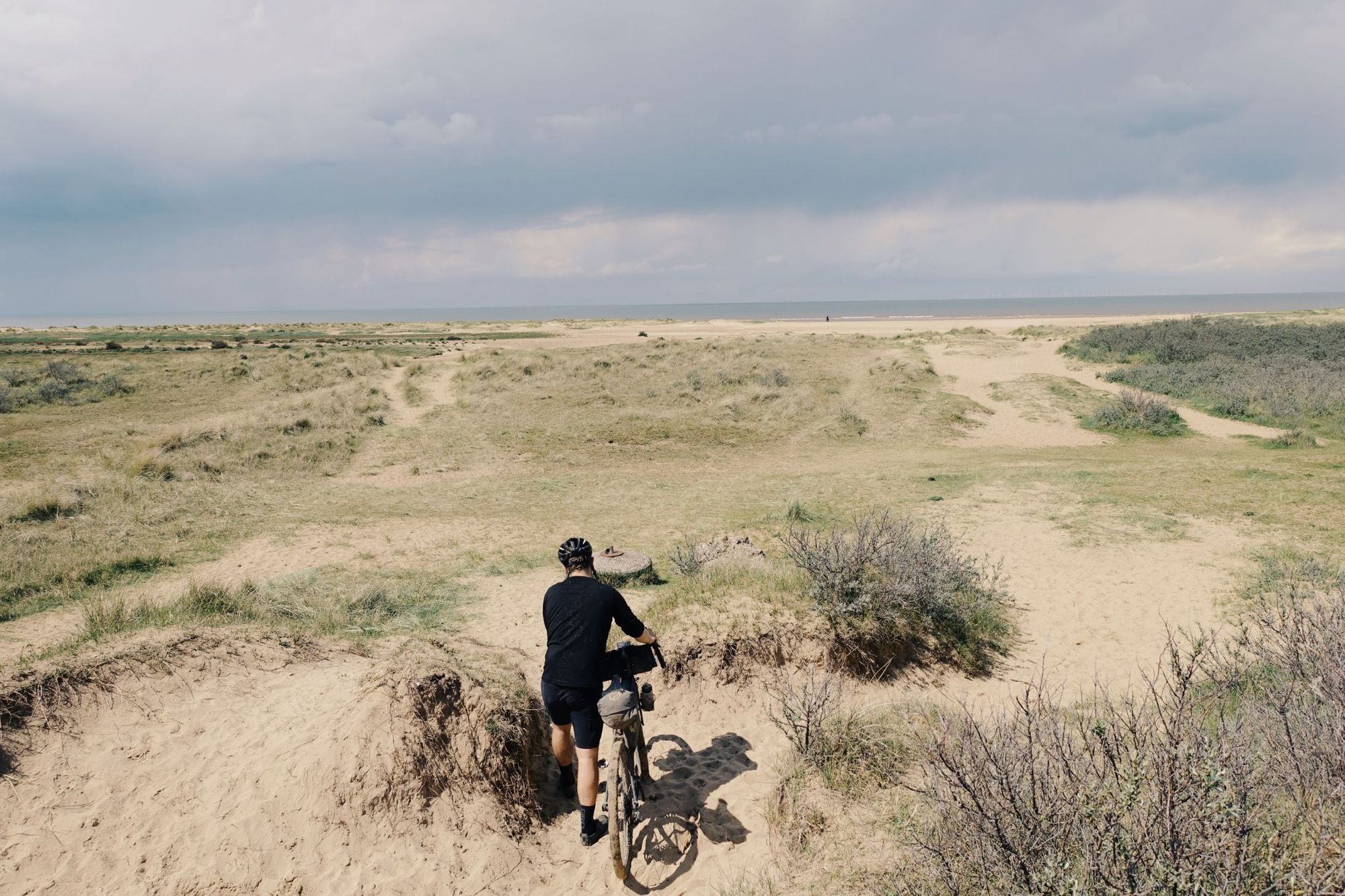
Perhaps the biggest draw of the route, though, is the accessibility. Despite the fact that it covers over 350 miles of terrain, it’s incredibly easy to chop the route up into segments and ride one bit at a time. It also doesn’t hurt that it passes near cities like Oxford, Cambridge and London.
“The distance is obviously challenging,” says Ben, “but it’s not a technically challenging route. You get the highlights of the gravel mixed in with the road, where you can make up good mileage. The terrain isn’t too hardcore and there are lots of bail-out points, so hopefully it opens the area up to people who didn’t have the confidence to do a long route before.
“That’s what we wanted to create. It’s a good one to do if you’re thinking about going on to do a longer, more epic route, but you’ve not quite plucked up the courage yet. Hopefully it’s something that is pretty accessible to a lot of people - if they’re willing to do the mileage!”
Inspired? Check out the full route on the official website of the Old Chalk Way!


